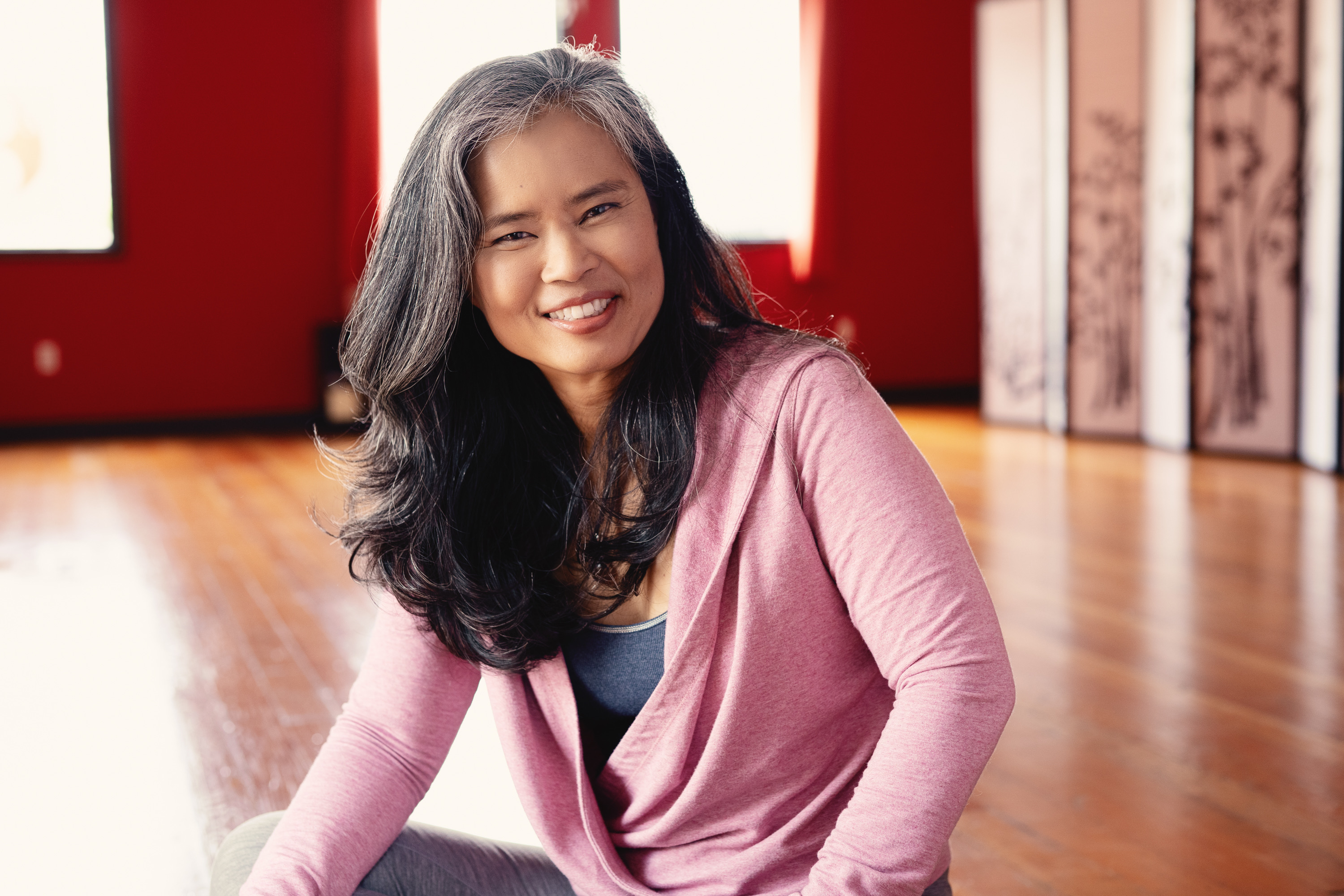In the United States, we are currently living in a time of chaos—Covid, inflation, war, global warming, unpredictable fires, abnormal temperature fluctuations, floods, more hurricanes, more tornadoes, drought, and economic instability. “The survey findings make clear that U.S. adults appear to be emotionally overwhelmed and showing signs of fatigue. The vast majority of adults (87%) agreed it feels like there has been a constant stream of crisis over the last two years, and more than seven in ten (73%) said they are overwhelmed by the number of crisis facing the world right now,” https://www.apa.org/news/press/releases/stress/2022/march-2022-survival-mode. There isn’t a single soul on this planet right now who hasn’t been affected. In 2007, the World Mental Health Survey Initiative reported that one in four individuals was likely to have (or previously have had) an anxiety disorder, Mason, Heather and Birch, Kelly (2021) Yoga for Mental Health. United Kingdom: Handspring Publishing (p. 27). Do we, as a society, have the coping skills to combat anxiety from these new challenges? With our unstable minds free to roam, most have fixated on the fear and uncertainty. Their mind trapped thinking about these fears over and over and unable to stop. It’s no wonder anxiety has skyrocketed!
Teaching yoga for twenty years, I’ve seen many students come in disconnected from their bodies, unhappy with their lives, confused about who they are, and what they want in life. Without awareness of the body and themselves, how can people know when they are suffering from anxiety and what to do if they are aware of their anxiety? We were meant to live in harmony with the body and mind to create balance. Many ignore the symptoms of anxiety until they can’t, suffering from panic attacks, insomnia, weak immune systems leading to life threatening disease, and debilitating fear. Yoga can help.
Here are just a few breath practices that can support people suffering from anxiety. Gentle practices to bring awareness to the breath, either listening or feeling the body move with each inhale and exhale, can help tremendously to calm the nervous system. This helps focus the mind on the present and not the ruminating thoughts that can cause anxiety. Chanting or lengthening the exhalation can also calm the nervous system. “…breathing out stimulates the parasympathetic nerves (feeling safe and calm)…Respiration is the only autonomic function that can be controlled voluntarily. Therefore, voluntarily regulated breathing practices provide a portal of entry to the Autonomic Nervous System, achieved by sending messages from the respiratory system to the brain, which influences emotional states,” Brown & Gerbarg, 2017; Brown, Gerbarg, & Muench, 2013; Gerbar & Brown, 2016.
For a gentle yoga practice, movements like Cat/Cow or rolling the joints with the breath will help to focus the mind on the body and breath.
For those requiring a more physical release, Sun Salutations moving with the breath, can burn out the extra energy and keep the mind focused. This will help move the students into the parasympathetic nervous system. Then more calming Yin poses like Seated Twist, Butterfly Pose, and a Seated Forward Fold can be held for two to three minutes. To help the mind stay present, you could focus on the sensation of your body or the breath. For Relaxation pose, listen to a five or ten minute Yoga Nidra guided meditation practice or stay aware of the breath.
During Covid lockdown, I began experiencing anxiety. I never saw myself as an anxious person, so this was shocking at first. Once I was able to accept what was happening, these gentle and mindful yoga and breath practices were invaluable for my own mental health. My hope is, if you are suffering from anxiety, that you will try these practices and see if they help support you.



Leave a Reply